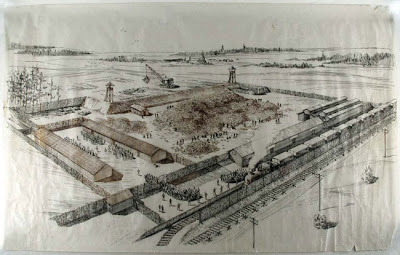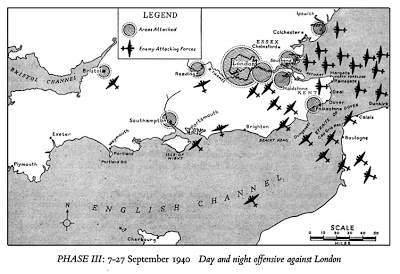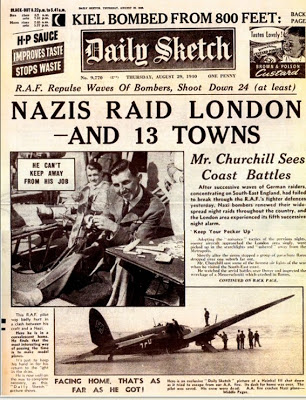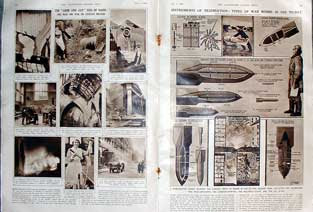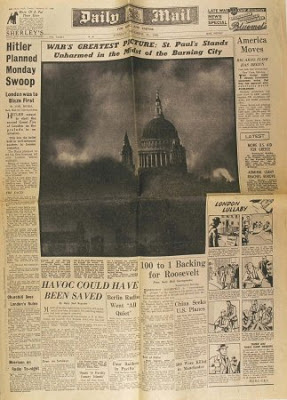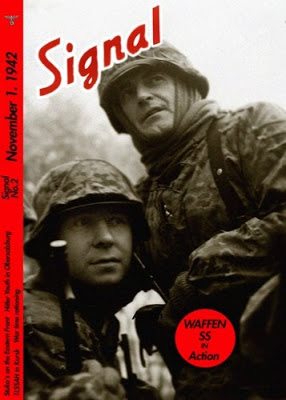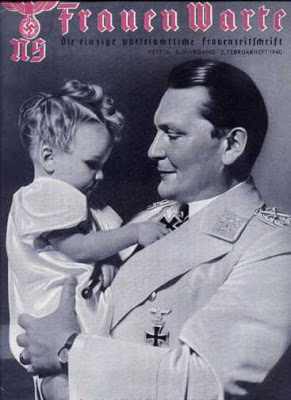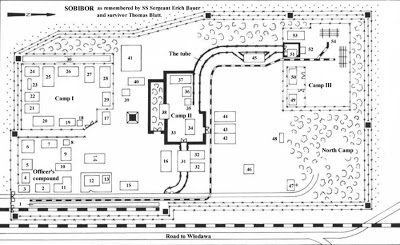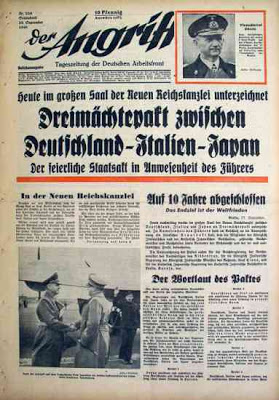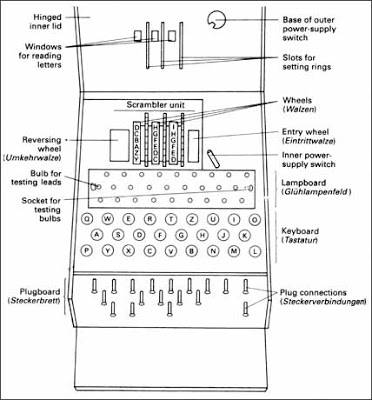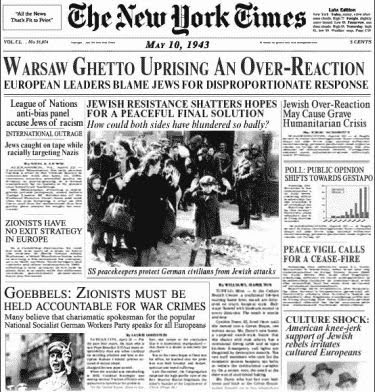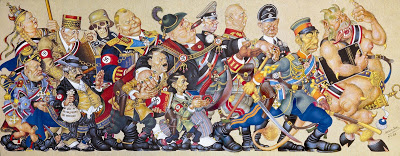Campo de exterminio de Treblinka
Polonia
Solución final.
Desde julio de 1942
870.000 asesinados.
Aktion 1005: la campaña nazi para destruir las evidencias y cerrar el campo (desde marzo hasta julio de 1943.
Destrucción total y se reconvirtió en una granja.
Comandantes Franz Stangl y Kurt Franz, sentenciados de por vida.
Samuel Willenber fue un superviviente del campo.
Ilustración del campo de concentración.
Samuel Willenberg, 1923
Otra recreación de Samuel Willenberg
Samuel Willenberg was born in Czestochowa in 1923. His father was a painter and teacher in the local Jewish middle school and his mother was Russian. The family moved to Warsaw shortly before the outbreak of World War II. In 1939 Willenberg volunteered for the Polish army and was wounded in fighting against the Soviets in the east of the country. In 1940 he moved to Opatow where he continued to teach privately. In 1942, in spite of possessing false documents identifying him as an Aryan, he was arrested and sent to the concentration camp at Treblinka along with the entire Jewish population of Opatow. Upon arriving at the camp, he claimed to be a brick mason and thus succeeded in avoiding death in a gas chamber. He participated in a prisoners’ revolt in August of 1943, during which he was able to escape and get back to Warsaw. With the outbreak of the Warsaw Uprising, he joined up with a unit of the Home Army (AK), and in September transferred to the PAL fighting organization. Following the fall of the uprising he received a series of medals: the Virtuti Militari 5th class, two Hearts of Valor, the Silver Cross of Merit and the PAL golden fighting badge. In 1950 he left Poland for Israel with his entire family. There, he worked for many years as the Chief Inspector of Measurements in the Ministry of Land Development. Upon retiring, he enrolled in the People’s University, where he studied painting, sculpture and art history. In 1994 he was once again granted Polish citizenship.


